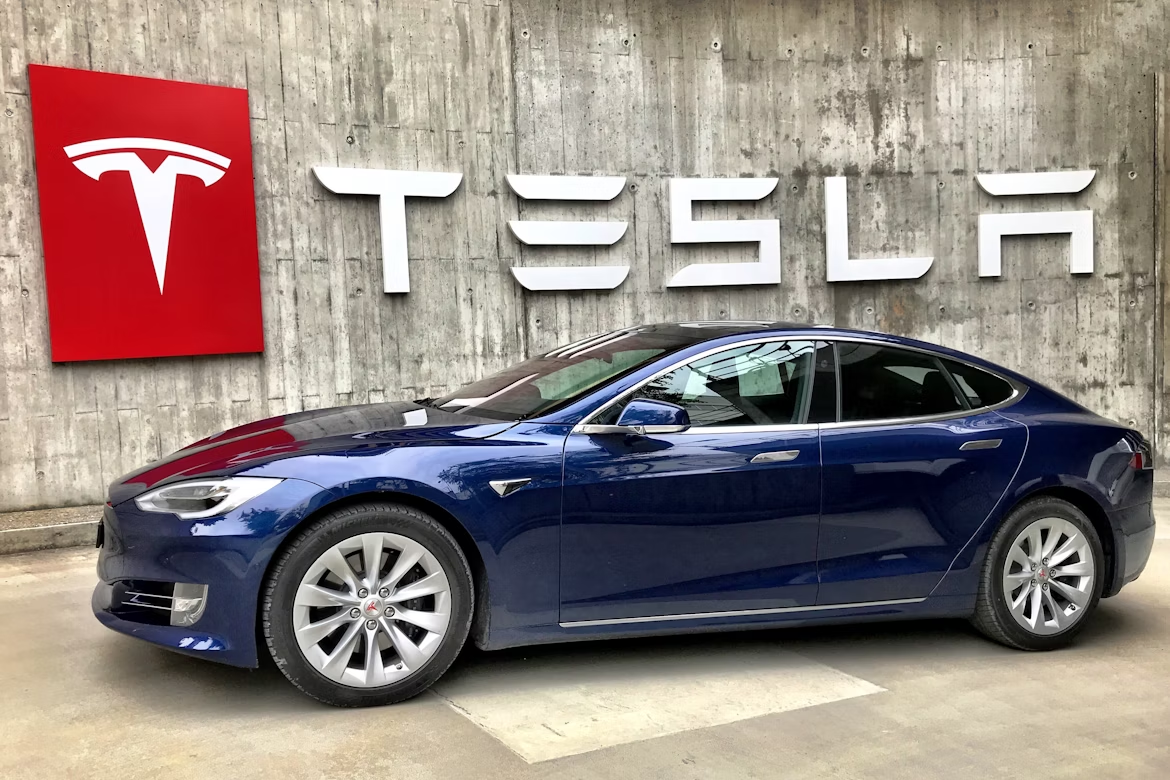
Elon Musk's Tesla has officially launched its robotaxi service in Austin, Texas, a strategic step toward realising the company’s autonomous future. The service, currently limited to a fleet of 10 to 20 Tesla Model Y vehicles equipped with Full Self-Driving (FSD) technology, offers invite-only rides at a flat fee of $4.20 per trip. It's a first step toward decentralised e-hailing services, giving owners the choice to rent out their vehicles via an app, transforming every Tesla into a potential revenue-generating taxi service. This is a disruptive plan in the private transport sector, going against the likes of Uber and Lyft by leveraging existing vehicle ownership for scalable autonomous mobility.
The feasibility of Tesla’s robotaxi model hinges on several key factors, including technological maturity, regulatory compliance, and market acceptance. While Tesla advertises its camera-based FSD system as a cost-effective alternative to LiDAR-dependent rivals like Waymo, early reports revealed worries over its erratic behaviour, such as illegal lane changes and excessive speed. These incidents have drawn the attention of the National Highway Traffic Safety Administration (NHTSA), which is now investigating probable safety violations. In Europe, French authorities ordered the automaker to cease its misleading claims regarding its self-driving features or face hefty fines given the technology's limitations. These issues are especially hard to overcome since they involve human lives remaining in addition to gaining public trust and proper regulatory frameworks.
From a game theory perspective, Tesla’s robotaxi initiative introduces a new strategic challenge in the personal mobility space. By bypassing centralised fleets and tapping into its existing customer base, Tesla could compete with competitors like Amazon's Zoox and Google's Waymo at a higher scalability, forcing them to reevaluate pricing and operational models. However, this disruption also invites retaliation since rivals could lobby for stricter regulations with regard to camera-based autonomous driving limitations. Tesla’s long-term vision will depend on the belief that decentralised autonomy drives down costs and allows easier adoption. If executed successfully, the robotaxi model would redefine urban mobility and Tesla ownership.
Source: Reuters, Zacks, Gurufocus, MTnewswires
Photos: Unsplash
